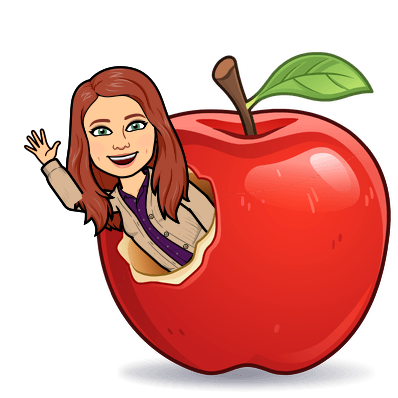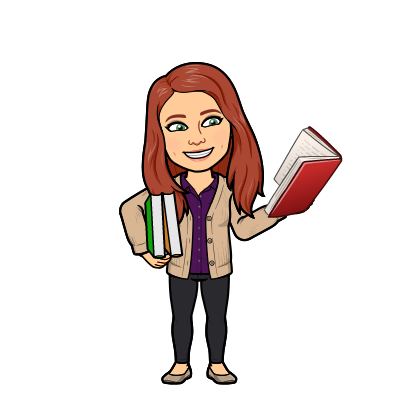Writing Homework Help
Cuyamaca College Purpose of Education by Martin Luther King Jr Summary
Step 1:
Review the Lecture on Academic Summary, paying particular attention to the formatting requirements
. (
Academic summaries typically answer the following three questions:
- What is the author’s main idea or argument?
- How does the author support the main idea or argument?
- Why did the author write the text?
Academic Summary Steps:
- Introduce the text to your reader. Note the title, author, type of text, and what the text is
- Remember that your reader may not be familiar with the text, so be as specific as
- (1-3 sentences)
- Describe the author’s main idea or argument. Refer to the author by his/her name. Do
not use a direct quote: instead, articulate in your own words what you think the point of
the text is. (1-3 sentences)
- Explain how the author supports the main idea or argument. Keep an eye out for how the
author organizes and/or divides up the text (are there sub-headings?). Pay attention to
the author’s use of evidence, quotes from experts, examples from history, etc. The author
might also use certain language or literary devices to support an argument. (1-3
sentences)
- Interpret why you think the author wrote the text. What is the context, or background,
for this topic? Who is the audience? What does the author intend for the audience to take
away from the text?
Academic Summary Tips:
- Remember that the goal of your summary is to give a concise, specific overview of a text for someone who has not read that text.
- Include a bit of context about the text early on in your summary. Mention what kind of text it is, when/where it was published, etc.
- Use author-focused language; refer to the author’s full name first, and then his/her last name thereafter.
- Explain the what/how/why of the text in your own words (minimal use of quotes).
- Be specific as possible. If your summary can work for any other text, it is too broad.)
- Step 2:
Write an academic summary for the text you want to summarize and respond to in Essay 1. Make sure to follow the format outlined in the lecture and below:- Introduce the text to your reader. Note the title, author, type of text, and what the text is
- Remember that your reader may not be familiar with the text, so be as specific as
- (1-3 sentences)
- Describe the author’s main idea or argument. Refer to the author by his/her name. Do
- not use a direct quote: instead, articulate in your own words what you think the point ofthe text is. (1-3 sentences)
- Explain how the author supports the main idea or argument. Keep an eye out for how the
- author organizes and/or divides up the text (are there sub-headings?). Pay attention tothe author’s use of evidence, quotes from experts, examples from history, etc. The authormight also use certain language or literary devices to support an argument. (1-3sentences)
- Interpret why you think the author wrote the text. What is the context, or background,
- for this topic? Who is the audience? What does the author intend for the audience to takeaway from the text?Note that the summary you write here can go into your Essay 1’s summary paragraph, so you are basically taking out a part of Essay 1 by completing this assignment! With that being said, do your best work!
- essay 1 (Introduction
 This essay will focus on the idea of education, its value to our lives and your experiences within our education system so far. A summary and response essay allows you to interact with and respond to an academic text. With this assignment, you will show me your ability to summarize a text concisely, and you will get the chance to respond to the author’s claims and ideas through your own lived experiences. Reading and Writing Skills
This essay will focus on the idea of education, its value to our lives and your experiences within our education system so far. A summary and response essay allows you to interact with and respond to an academic text. With this assignment, you will show me your ability to summarize a text concisely, and you will get the chance to respond to the author’s claims and ideas through your own lived experiences. Reading and Writing Skills
Over the course of this assignment, we will continue to work on developing key academic reading and writing skills, which you will use throughout your career as a student and which constitute the basis of most scholarly writing. You will be focusing on developing a strong thesis, summarizing a text concisely and clearly, and making an argument using your own experiences as support (information). Focusing Questions
Now that you briefly understand what we are doing with this assignment and why we are doing it, I will now introduce our guiding questions. Through our reading and writing over the next few weeks, we will be considering and discussing the following: What educational barriers have you faced? Can you find any connections between your experiences on those of the individuals we have read and watched? Assignment Overview
The section below outlines the specific requirement of this assignment.Purpose
The purpose of this assignment is to:- Read and respond to a college-level text.
- Compose college-level writing.
- Produce an academic summary of an article.
- Respond to a topic with an original argument.
- Goals
This assignment will help students meet the following Learning Objectives. - Students will use all stages of the reading and writing processes—including pre-reading, reading, post-reading, pre-writing, writing, and editing—in order to critically analyze readings and produce clear, well-organized essays predominantly free of grammatical and proofreading errors.
- . Students will write effective essays that engage readers and present original ideas or points of view.
- Emphasis will be placed on thesis-driven essays, which will demonstrate the principles of argumentation, including claims, evidence, and analysis.
- Students will be able to edit their own writing for errors in grammar, spelling, and punctuation
- The assignment addresses the following student learning outcomes:
- Synthesize material from multiple texts to create and support an argument in response to a prompt.
- Create writing that is clear and concise.
 Task
Task
Compose a summary and response essay, between 700-900 words in length, in which you clearly summarize Martin Luther King Jr’s “The Purpose of Education” or Malcolm X’s “Learning to Read” (review Academic Summary of Your Text ) and then respond to it by agreeing or disagreeing with the author’s ideas based on connections between the author’s claims and your own experiences. Please make sure to review your lecture on Writing a Summary and Response. More Specifically, the paper should have four paragraphs:- Introduction: The introduction should introduce the readers to the idea of educational barriers and challenges. It should introduce the article you have chosen to summarize (“Purpose of Education” or “Learning to Read”). It should end with a thesis that makes a claim about YOUR purpose for learning or getting an education.
- Summary: Your summary of the article chosen formatted in Academic Summary format.
- Response: Your response will show your reader what your reason or purpose for learning is. This should be formatted in PIE paragraph structure.
- In the Point (topic sentence), you should make your claim. It can sound something like “For me, the purpose of education/the reason to continue learning is that……”
- The Information will give an example of your personal experiences that connects to your reason for wanting and education/to learn.
- The Explanation will explain to the reader how your experiences prove that the author is correct or wrong in his/her assertions.
- Conclusions: Restates your thesis and provides a final thought.

